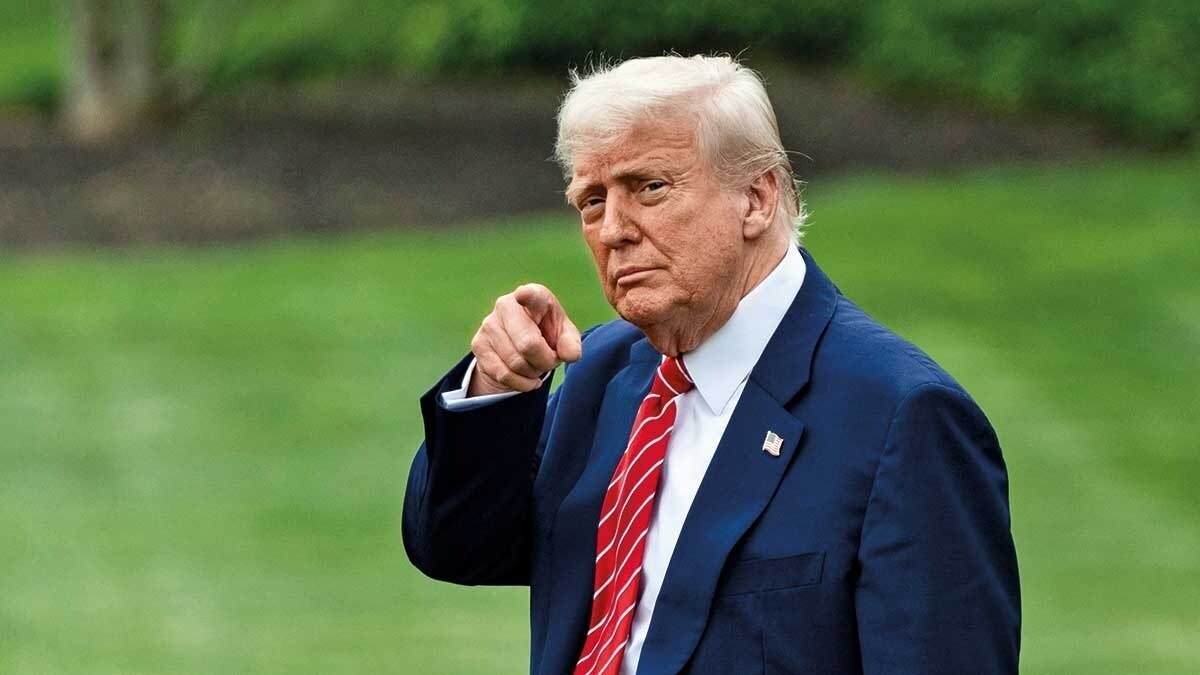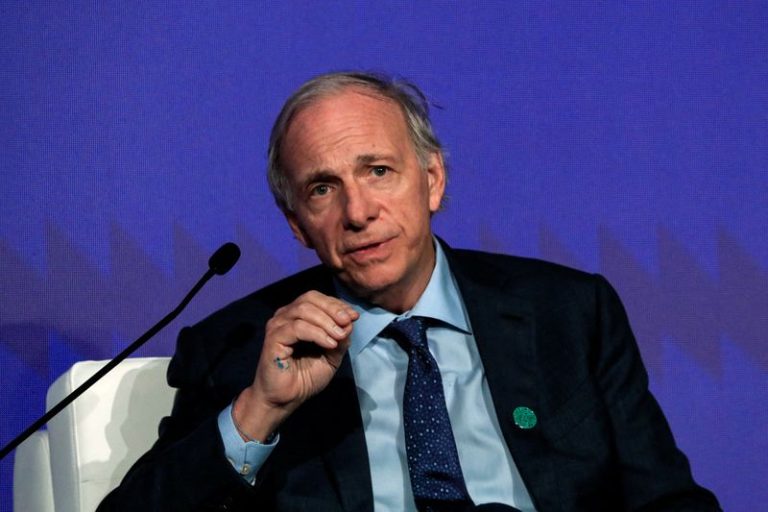The United States has announced a 25% tariff on Indian exports, effective from August 7, as part of a broader trade measure affecting nearly 70 countries. This executive order, spearheaded by President Trump, aims to address trade imbalances and pressure nations that do not align with U.S. economic and security interests. Among those affected, India faces what CA Nitin Kaushik describes as a “sharp shift towards protectionist rivalry.” Such measures could significantly disrupt India’s trade relations with the U.S.
SBI Research has indicated that while these tariffs are set to impact Indian exports, the U.S. economy might face more substantial consequences, labelling the decision as a “bad business decision.” The report highlights potential outcomes such as reduced GDP, increased inflation, and a weakened dollar. The new tariffs are expected to exacerbate already rising inflationary pressures in the U.S., which could remain above the 2% target until 2026.
Key Indian industries, including textiles, gems and jewellery, pharmaceuticals, auto components, and electrical machinery, are likely to feel the brunt of these tariffs. As Kaushik notes, “it’s a thunderbolt for Indian exporters who depend heavily on the US market.” These sectors are expected to reassess their pricing, demand forecasts, and foreign exchange exposure quickly, as “they are now walking a tightrope.”
In response to the tariffs, the financial burden on U.S. households is projected to be significant. Increased prices could cost an average household around $2,400 in the short term. While lower-income families may see losses of approximately $1,300, higher earners could face a hit of up to $5,000, though their overall financial stability might be less affected. This financial strain could lead to shifts in consumer behavior, impacting various sectors differently.
Investor Akshat Shrivastava warned about the long-term economic risks for India, emphasising the need for strong partnerships with global blocs. He argued that reliance on domestic capacity, as proposed by some, is unrealistic. Shrivastava criticised India’s efforts under initiatives like Make in India and underscored the necessity of U.S. technology for India’s next technological revolution.
The impact on the Indian rupee could also be substantial. Tariff shocks may disrupt India’s import-export balance and lead to increased demand for the dollar. This could result in costlier hedging for exporters and potentially necessitate RBI intervention to stabilise the rupee. Kaushik insists that “government policy must step up to protect and promote Indian exporters.”
Historically, tariffs imposed by Trump, such as those on global metals in 2018-19, resulted in a 9% decline in India’s steel exports. Kaushik notes that this time the move is “broader and more political,” potentially cutting deeper across industries unless trade ties are renegotiated swiftly. Countries like Mexico, Vietnam, and Bangladesh might benefit by capturing a greater share of U.S. exports, as India’s competitive edge as a low-cost manufacturing hub is threatened.
For equity investors, Kaushik describes the scenario as “geopolitical chess disguised as trade economics,” suggesting that “adaptability will be the new alpha.” He advises monitoring Nifty companies with significant U.S. revenue dependency and increasing exposure to domestic consumption themes. This approach aims to navigate uncertainties amid these significant trade changes. Moreover, investors should keep an eye on macro indicators such as the INR, gold, and crude oil prices to better understand the evolving economic landscape.
The broader implications of these tariffs extend beyond immediate economic impacts, potentially altering global trade dynamics. As countries adjust to these new realities, the geopolitical landscape may shift, influencing future international relations and economic policies.







